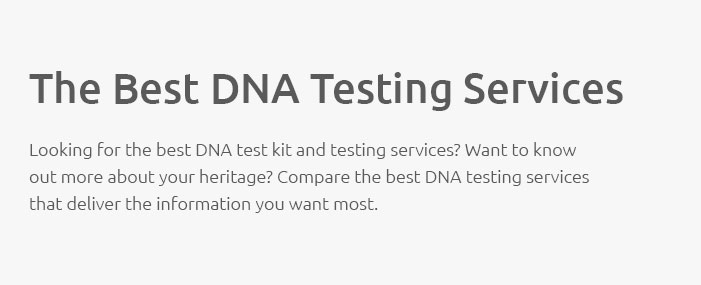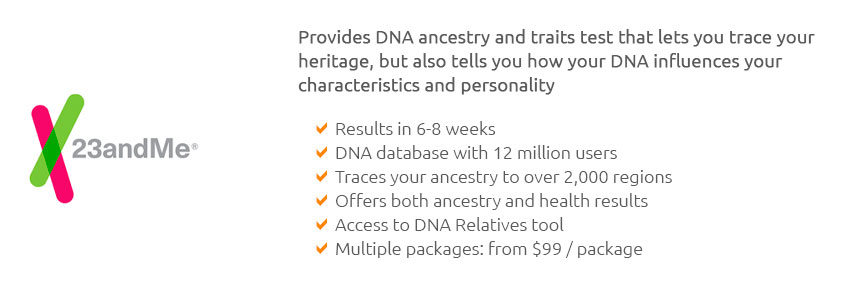 |
 |
 |
|---|
 |
 |
|---|
 |
|
|---|---|
 |
 |
 |
 |
 |
 |
 |
 |
 |
 |
 |
 |
 |
 |
 |
 |
|---|
How to Mail Your Ancestry DNA Kit: A Comprehensive GuideEmbarking on the journey to uncover your ancestral roots can be both exhilarating and enlightening, offering a profound connection to your past. At the heart of this journey lies the Ancestry DNA kit, a marvel of modern science and technology that enables you to explore your genetic makeup with remarkable precision. However, the process of mailing your DNA sample can seem daunting to the uninitiated. Fear not, for this guide will walk you through the steps with clarity and confidence, ensuring your experience is seamless and rewarding. Upon receiving your Ancestry DNA kit, you will find yourself holding a key to the past, neatly packaged in a compact box. This kit is a gateway to a vast repository of historical data, a treasure trove waiting to be unlocked. The first step is to carefully open the box and familiarize yourself with its contents. Inside, you will discover a collection tube, a pre-paid return mailer, and a set of instructions that are designed to make the process as straightforward as possible. Step 1: Register Your Kit Step 2: Collect Your DNA Sample Step 3: Prepare Your Sample for Mailing Step 4: Mail Your DNA Sample Understanding the Benefits In conclusion, mailing your Ancestry DNA kit is a straightforward process that opens the door to an expansive world of discovery. With each step, from registration to collection to mailing, you are participating in a fascinating dialogue with your genetic history. Embrace this adventure with an open heart and mind, for the stories that emerge may redefine your understanding of family, identity, and heritage. As you stand on the brink of this exploration, remember that your DNA is not just a link to the past but a living narrative that continues to evolve with every generation. https://www.reddit.com/r/AncestryDNA/comments/12jdtrt/no_postage_and_address_on_my_ancestry_dna_box/
The sample can be dropped directly into the mail, even in extreme temperatures. If you live outside of the United States and the kit didn't come ... https://www.reddit.com/r/USPS/comments/14mew1b/sending_back_ancestrydna_kit/
Yes, a window clerk can take 'em or your mail carrier. No worries about your spit in the box, I think most postal employees are familiar with ' ... https://www.quora.com/Can-you-send-your-Ancestry-DNA-sample-back-from-your-home-mailbox-instead-of-from-usps-mailboxes
Since the package is sent through the United States Postal Service (USPS), yes, you can place the box in your home mailbox or next to it if ...
|
|---|